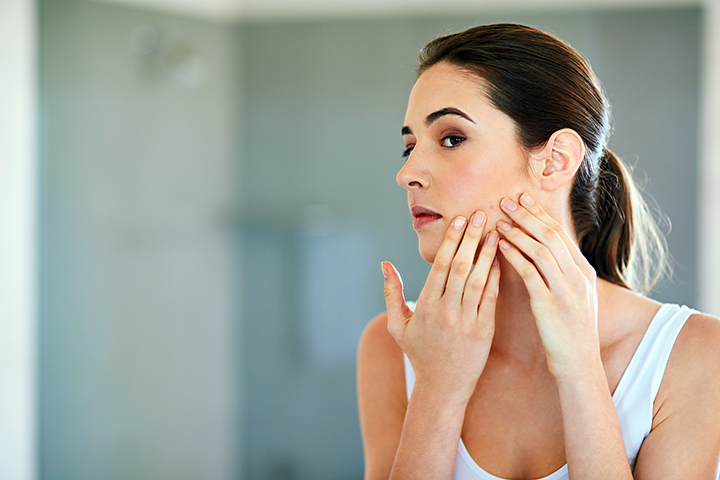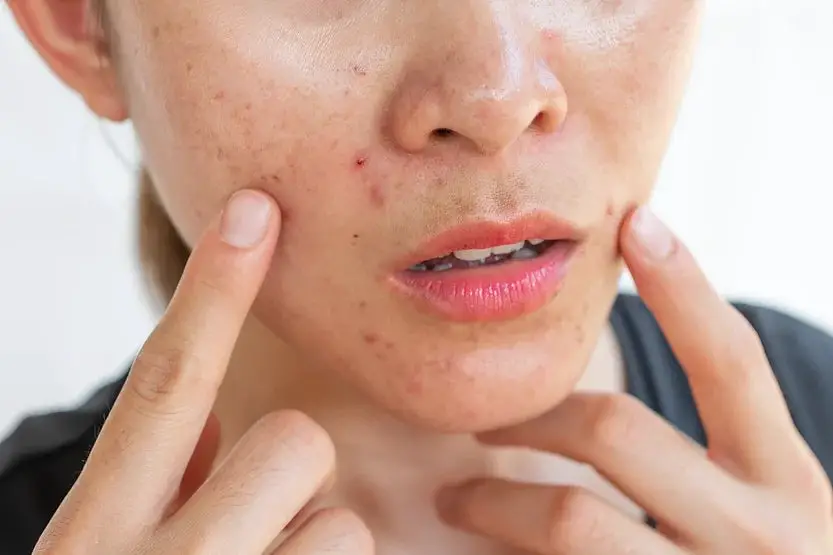Topical Antibiotics for Folliculitis: Beautician's Guide
For many beauty professionals, handling skin issues such as folliculitis has become an inherent part of their daily practice. One common treatment is the use of topical antibiotics. These products are often recommended due to their ability to address the bacterial infection that can occur in folliculitis. Understanding how these antibiotics work and their applications can significantly enhance your beauty practice and provide clients with effective solutions.
Understanding topical antibiotics and their role in managing skin conditions such as folliculitis is essential for any beautician. This foundational knowledge not only assists in alleviating common skin afflictions but also empowers beauty professionals to provide informed recommendations to clients seeking relief.

What is Folliculitis?
Folliculitis is an inflammation of the hair follicles, often resembling an acne breakout. While it can be caused by a variety of factors including blockages from oils, dead skin cells, or foreign elements, it frequently involves a bacterial infection. For beauticians, recognizing the symptoms such as redness, itching, and pus-filled bumps is crucial for suggesting appropriate treatments.
Causes and Symptoms
The development of folliculitis can be triggered by bacterial, fungal, or viral factors. When dealing with bacterial triggers, understanding the root causes can aid in selecting the correct treatment modality.
Role of Topical Antibiotics
Topical antibiotics are designed to directly combat bacterial infections on the skin's surface. In the case of folliculitis, they serve as a focused treatment to reduce inflammation and eliminate the bacteria causing the infection. These products are particularly important for mild to moderate cases, offering a non-invasive yet potent solution.
Beauticians can leverage topical treatments to alleviate client discomfort and improve skin appearance effectively.
Commonly Used Topical Antibiotics
Some of the frequently utilized topical antibiotics include Mupirocin, Clindamycin, and Erythromycin. Each of these has unique properties that make them suitable for treating specific types of skin infections.
- Mupirocin: Effective for treating staphylococcal infections, it's often used for folliculitis.
- Clindamycin: Known for its ability to tackle a broad range of bacterial strains.
- Erythromycin: Commonly used for mild acne and related skin conditions.
Application Procedure
Topical antibiotics should be applied to the affected area as prescribed. It typically involves cleansing the skin, applying a thin layer of the antibiotic, and allowing it to absorb fully. Regular application is critical in achieving desired results, typically observed over a few weeks.
Best Practices for Beauticians
As a beautician, advising on the correct use of topical antibiotics can be a part of routine consultation. Stress the importance of adhering to the regime, and educate clients on signs of potential allergic reactions or ineffectiveness, which might necessitate consulting a healthcare professional.
Alternative Treatments
While topical antibiotics are highly effective, some clients might prefer over-the-counter treatments or natural remedies. Beauticians can suggest alternatives like tea tree oil-based products, which are known for their antimicrobial properties.
Conclusion
In the world of beauty, addressing skin concerns with both expertise and empathy is vital. Understanding the role of topical antibiotics for folliculitis enables beauticians to provide knowledgeable recommendations. Offering the best solutions aligns with every beauticians goal: to enhance the clients look and boost their confidence.
External Resources
For further reading, the use of topical antibiotics in dermatology provides an in-depth understanding of their applications and efficiency in treating various skin conditions.

FAQ Section
- How quickly do topical antibiotics work on folliculitis? Typically, you might notice improvements within a few days of consistent use, though full healing can take longer.
- Are there any side effects of using topical antibiotics? Some people may experience mild side effects like skin irritation or rash. Its essential to monitor and adjust treatment if any severe reactions occur.
- Can I use topical antibiotics with other treatments? Yes, but it's advisable to consult with a healthcare professional to avoid interactions with other skin products or prescriptions.

